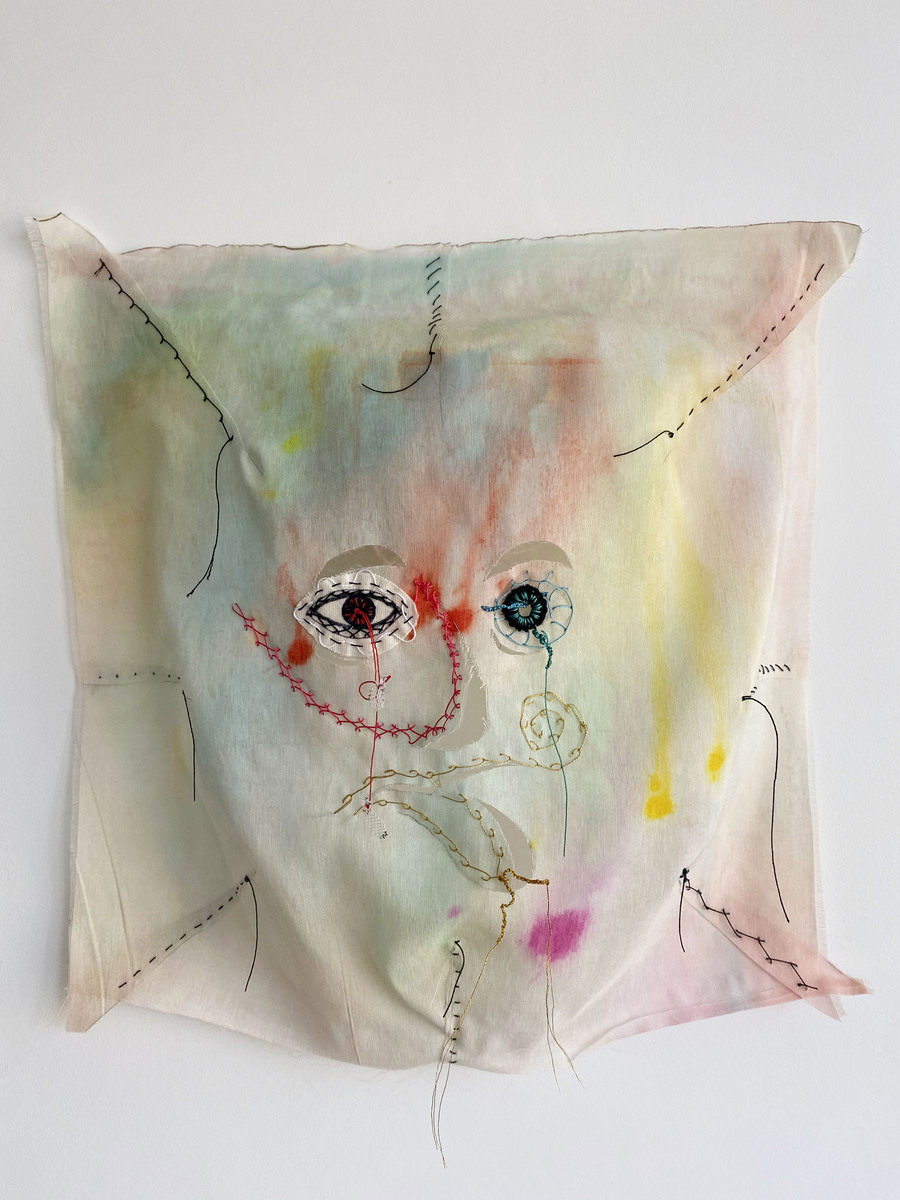ARTWORKS

The Sinistry
The origin of carpets goes back to ancient Persia and Babylon in the 6th-4th BCE.
The technique of carpet weaving involves various methods such as knotting, tufting, and hooking. Hand-knotted carpets are produced using a traditional and intricate weaving technique where individual knots are tied on each warp thread. Hand-tufted carpets are created by tufting yarn into a fabric outlined with a design using a tufting gun. Hand-loom weaving is similar to textile weaving, where the warp and weft are interwoven to create a thick fabric. Additionally, flat-weave carpets are made entirely of interlocking warp and weft threads, with the design based on the different styles of interlocking.
The process of weaving a carpet typically involves preparing the wool, cotton, or silk fibers, followed by the actual weaving using one of the various techniques mentioned above. Each technique can determine the quality, design, price, and durability of the resulting carpet. Hand-woven Persian rugs, for example, are known for their complex and painstaking weaving process by skilled artisans.